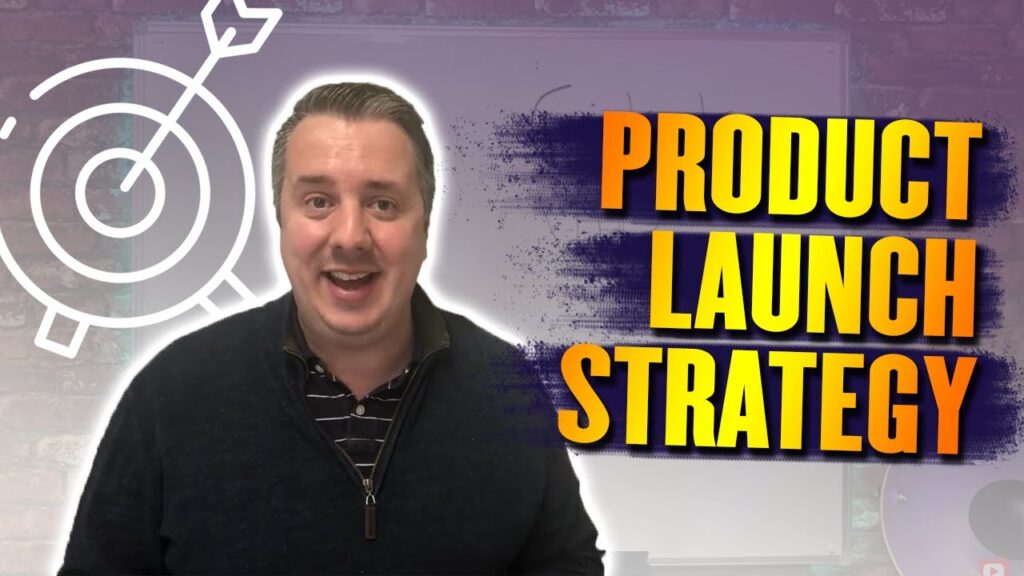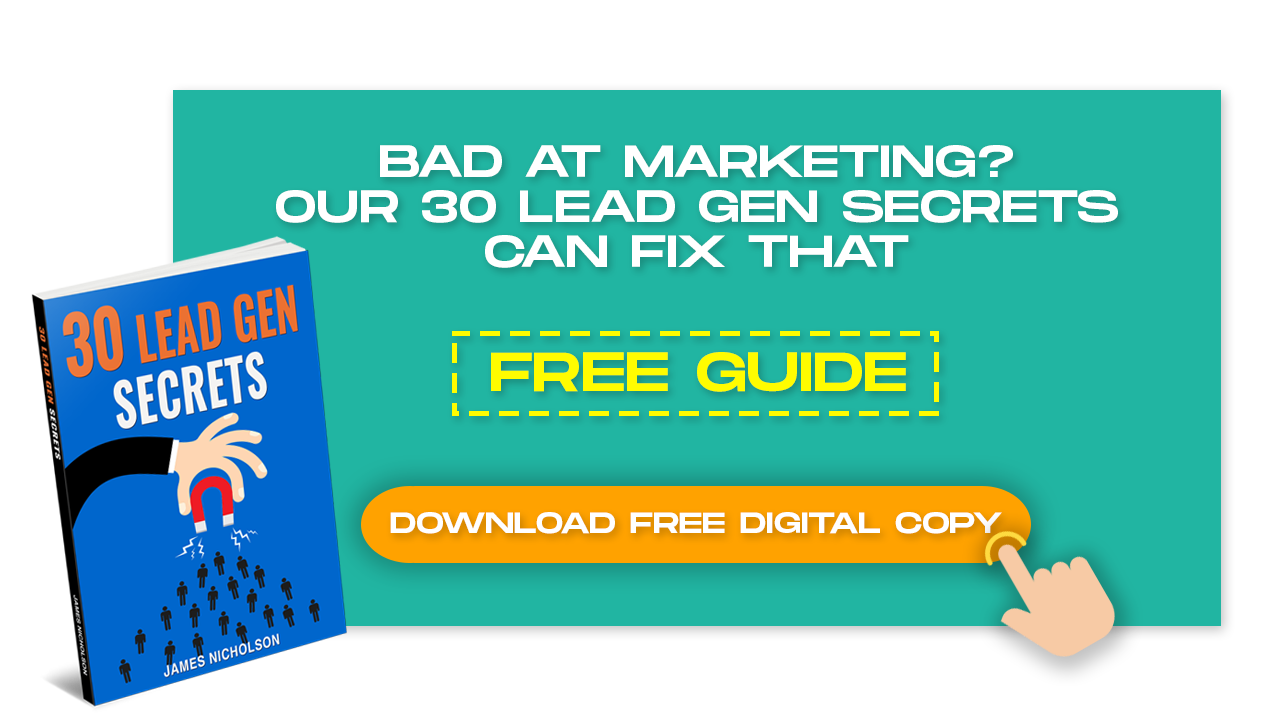Launching a new product into the market can be the beginning of a wonderful journey or a total fiasco. It is a key moment that requires all your care and attention. Click here for my tips on how to launch your product successfully.
An effective product launch strategy will assist you in raising awareness, creating intrigue, and validating your product positioning. However, it is not a straight line. The best product launches consider the product lifecycle—how it fits into the bigger picture and how to transition through each phase.
What is a Product Launch?
A product launch is a coordinated effort to introduce a new product to the market. The goal is to make sure that everyone in the company, as well as your partners and potential customers, is aware of your new product. If you don’t execute the product launch properly, customers will be unaware of your solution or may form a negative opinion of it, and you may fall short of your revenue and profitability targets.
Product launch plans assist you in sequencing the events that occur prior to, and even after, the launch of a product. Your goal is to make sure that everyone in the company, as well as your partners and potential customers, is aware of your new product.
Elements Of A Successful Product Launch:
On a regular basis, great companies release new products. However, not every product is a huge success. So, here are some elements a successful product launch has:
1. Prepare for all the contents needed for your product launch
Pre-launch documentation helps ensure everyone is on the same page before you begin shipping your product. To persuade others to buy, download, or sign up, your team needs to be clear about what they’re selling and believe in it.
- FAQs
- Manuals
- Messaging guides
- etc
2. Conduct your competitor research
By conducting extensive user research and competitor analysis, you can tell compelling product stories, create intrigue, and move the target audience from awareness to consideration.
User research is needed to define the customer experience. This will assist you in determining:
- If your product is easily understood (or not)
- How customers interact with your product (for example, if they repeatedly click’see more,’ it may be worth expanding the text snippet to satisfy intuitive behavior).
3. Develop your value to your customers
It should be a concise statement that demonstrates:
- Relevance. Explain how your product solves real and impending problems for your customers.
- Measurable worth. Describe how the product provides specific benefits or results.
- Differentiating features. Tell your ideal customer why your product is better than the competition and why they should choose you over others.
Conclusion: Launch, then pivot.
Great businesses understand how to launch a product. They also understand how to pivot, or make a significant change in direction based on user feedback. Regardless of the outcome, when you launch your product, you will have the opportunity to improve your company.
More blogs HERE:
The Biggest Mistake We See In Marketing Today
Steps To Double The Sales In Business


